Main Menu
Menstrual Cups

Heidi Berghammer is a trail runner, world traveler, mountain climber, and all around adventure enthusiast. As a trail runner she has covered thousands of miles in the Colorado Rockies and beyond training for and running races from the half marathon distance to the one hundred mile ultra. Heidi is so stoked about finding adventure on trails that she has made it her career as the owner of Adventure Feet First, a travel company that focuses on getting people outside to explore the world as they travel. Over the past years Heidi has spent months living abroad, volunteering around the world, living out of a van/car/truck, and finding new ways to explore on foot, by bike or with a backpack. She has learned the ins and outs of self propelled exploration the hard way, so she’s here to help us learn from her mistakes and to help us become more informed on how to make your own mistakes…safely.
Share This Article!
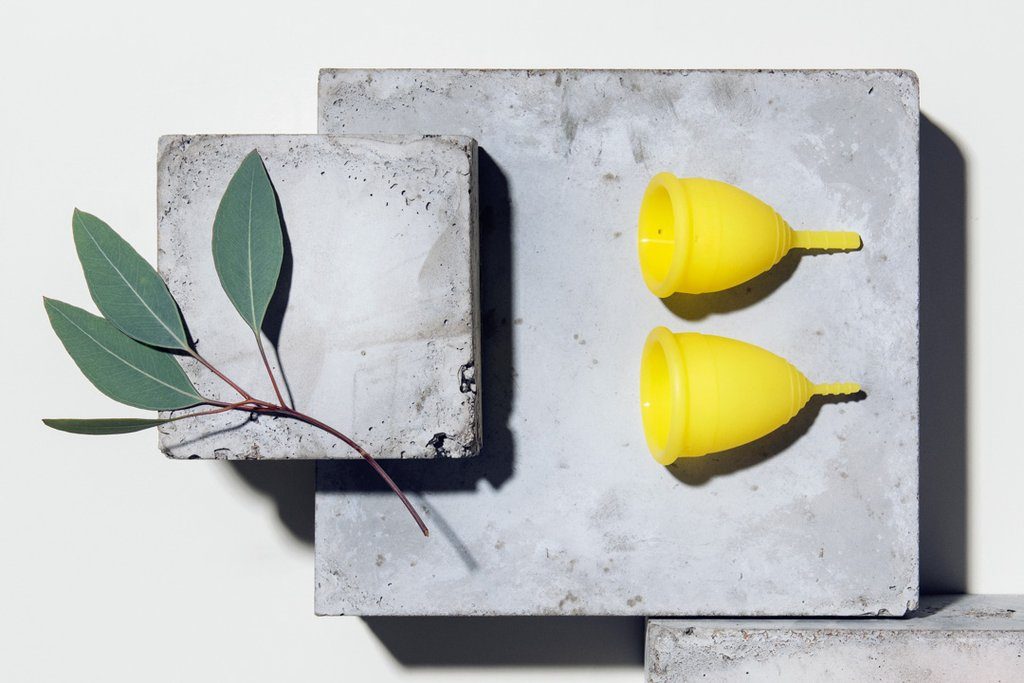
Let’s talk about periods. Actually, let’s talk about how we handle periods on the trails. Most of our gear reviews have focused on women-specific gear and apparel…stuff everyone can see you rocking while you take on the trails. But this review is going to get a bit more personal. We’re going to go into detail on menstrual cups.
Before we jump into the cups themselves I’m going to share a bit about my personal experience with them. In full disclosure, I have not personally tested any of the cups mentioned below. Not because I don’t want to share my experience, but because I have spent the last 7+ years of my life without a period. I have been using hormone-based IUD birth control, which has stopped my period. However, prior to the hormone-based IUDs I used a non-hormonal IUD which lead to heavy periods. During that time I used the Diva Cup on a regular basis.
To get even more personal, I know that my body is tilted backward. This is a “normal” thing and was discovered when inserting IUDs [it takes a lot of extra time and effort to get them to fit the tilt]. The menstrual cups that I used still worked, if my body was accepting of them.
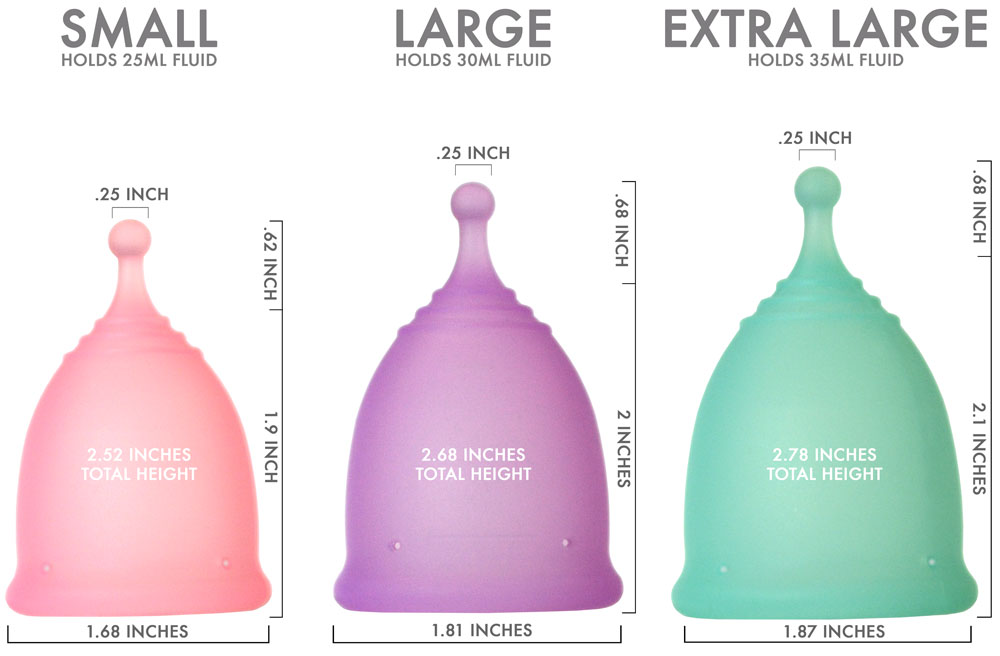
I had mixed experiences with the menstrual cups that I used. It wasn’t that one cup necessarily worked better than the other, it was how my body handled either cup on any given day. To anyone who doesn’t have a woman’s body this probably sounds crazy, but the cup sits differently from day to day [or even throughout the day]. Hormones affect how your body retains water and how sensitive your skin is, which affects how well a cup fits and sits in your body. I’m saying this because it’s a fact, but also because it is ideal to give any menstrual cup a try a few days in a row before making a decision.
So, now that I’ve divulged all sorts of personal information, why are we even talking about menstrual cups? There are a few reasons to use a menstrual cup.
- You Only Need One — When it comes to trail running you may not want to carry around a whole stash of tampons or pads in your pack. With a menstrual cup you only need the single cup [and possibly a stash of wet wipes/baby wipes to keep yourself clean].
- Less Trash — If you’re not pulling out tampons or rolling up pads while you’re on the trail you’ll have less trash to carry around. This goes into your off-the-trail life as well. If you’re making efforts to reduce your trash footprint a menstrual cup will help you meet those goals.
- [Possibly] Better For You — Depending upon what you currently use during your period, the menstrual cups may be a better choice in terms of synthetic materials. This is a very subjective statement, but I want to put it out there in case you’re looking for more options.
- You’ll Save Money — Oh yea, you’ll definitely save money once you’ve found a menstrual cup that you like using. If you take into consideration how much money you spend every month on tampons or pads…yup, that can all move over to your race registration or gear budget!
- Cups Hold More — A menstrual cup will hold much more fluid than any tampon or pad. With a menstrual cup you can go up to twelve hours without emptying it, which covers a long run for most of us! Of course, this does depend upon the size of the cup and your flow, but it was a big selling point for me!
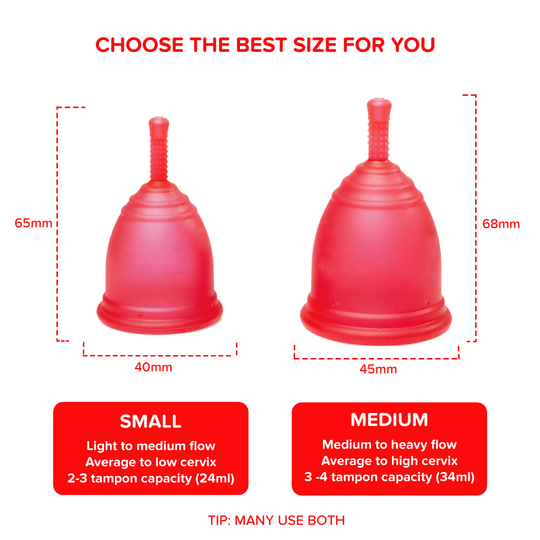
But how do you even use a menstrual cup…especially while out on the trail?
First, let’s chat about how menstrual cups work. They are silicone cups with three main parts — the rim, the cup, and the stem.
- The Rim — When you insert the cup the rim will essentially suction to the walls of your vaginal canal. Just below the rim there are a few tiny vacuum holes. These holes help the cup stay in place and should always be clear [beyond general hygiene, this is the biggest reason to clean your cup between uses if you can].
- The Cup — The cup itself is quite self-explanatory — it catches blood as it leaves your cervix. Each menstrual cup brand and model holds a different quantity, but in general, it will be between .5 and 1.5 ounces. That doesn’t seem like much, but the average woman only loses 1.5 to 3 ounces of blood during each period. For comparison, the average tampon only holds about .2 ounces of liquid before it starts leaking.
- The Stem — The main purpose of the stem is to give you a tiny handle to remove the cup. Depending upon the depth and angle of your vaginal canal, you may need to trim down the stem. If you feel like your cup [or really, the stem] is poking you after you’ve inserted the cup you may want to cut it down a bit. I would recommend re-inserting it at least once first, as it may just be sitting at an odd angle.
The menstrual cup will come with an instruction manual [and often time, a website to visit for video guides]. Definitely refer to these resources when you first try your menstrual cup. I would also recommend using it at home or in a single-stall restroom for the first few days. This will give you access to a bathroom sink and more freedom to move when emptying the cup.
I would strongly recommend getting comfortable with emptying your menstrual cup in your own home and public restrooms before attempting to change it on the trail. That said, the process doesn’t really change when you’re emptying your cup on the trail.
The biggest change is in how you dispose of the cup’s contents — do not simply pour it onto the ground! Instead, dig a 6-8 inch hole and bury it just like you would any other solid human waste. If you wish to wash your cup before reinserting you can do so with baby wipes or Handzies [but not hand sanitizer, it will slowly erode the silicone]. These wipes are also ideal for washing your hands before and after emptying your cup. Just be sure to pack out any wipes or toilet paper you choose to use, even if it technically is “biodegradable.” A reusable Ziploc bag wrapped in duct tape is great for stashing toilet paper and such when you’re on the trail.
Looking for more information on menstrual cups? I would strongly recommend checking out this YouTube video! This YouTube’er, Gittemary Johansen, does an amazing job of explaining how to use a menstrual cup with a handful of tips and tricks on how to get menstrual cups to work best for you. She addresses how to adjust the stem, how to best remove a cup and how to choose a cup for your body.
Popular Menstrual Cups
Diva Cup
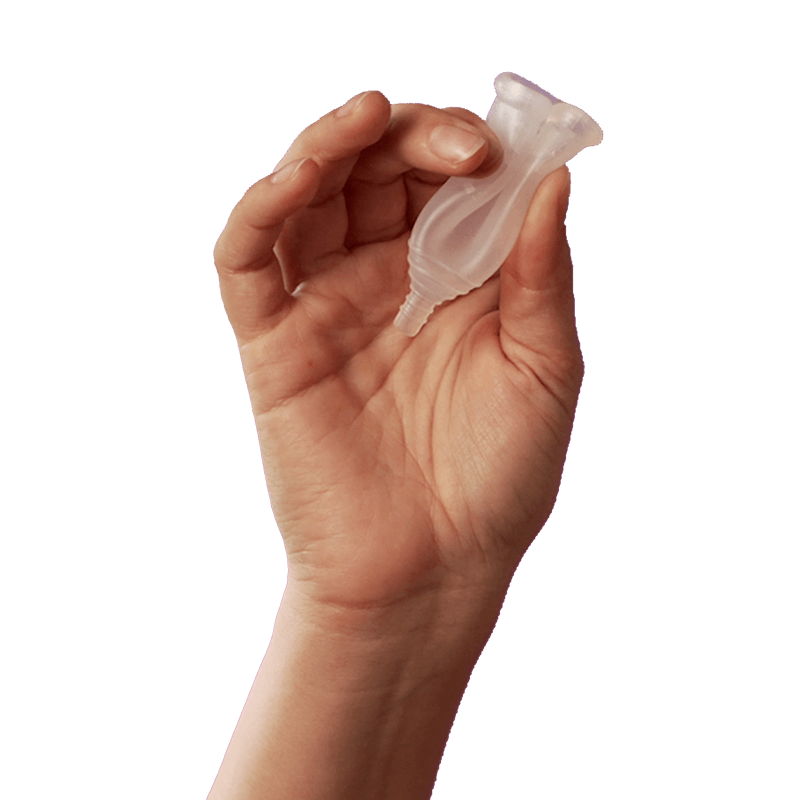
The Diva Cup offers three sizes, which are based upon your age and period flow. This is the cup that I used most often when I still needed menstrual cups in my life. At the time it was one of the few on the market and I had an overall positive experience with it. I did have to cut the stem down quite a bit.
Pixie Cup
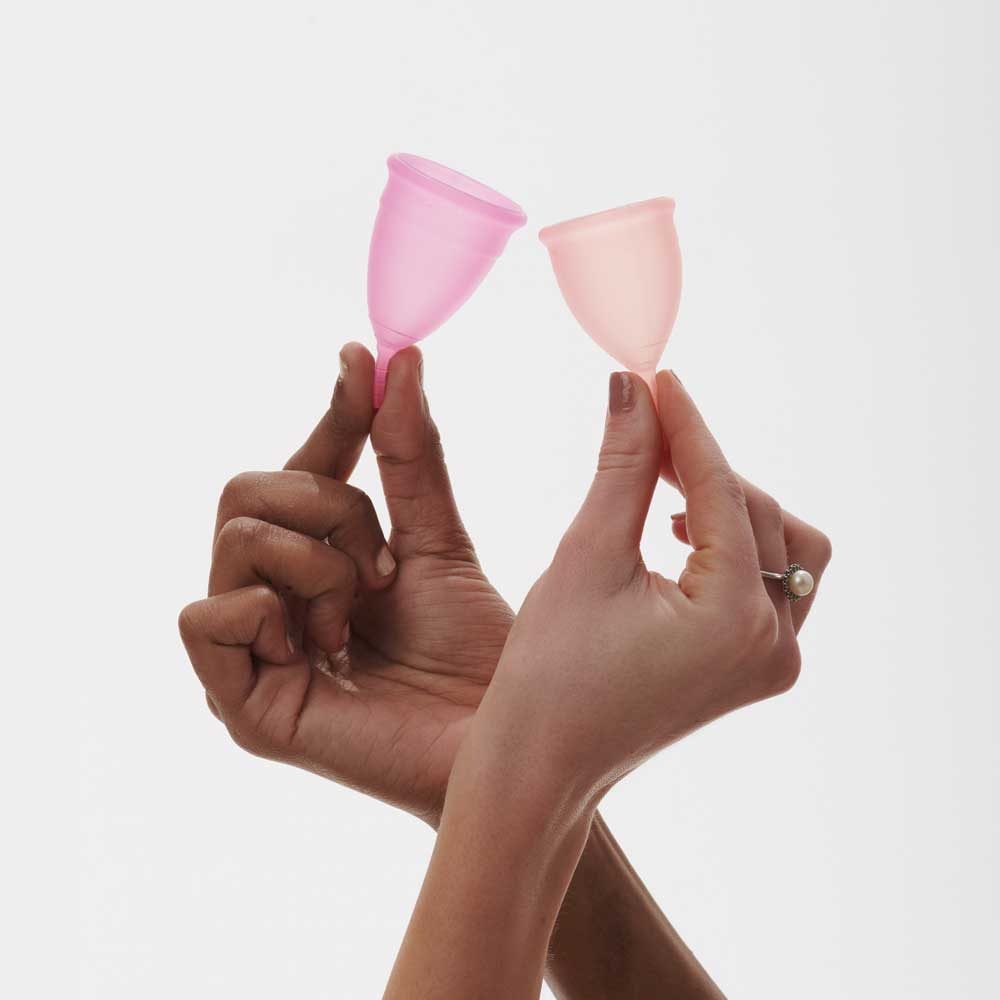
The Pixie Cup comes in three sizes, which are based upon the heaviness of your flow. The cups can be purchased in a combo pack so you can swap out sizes to match your flow for the day. The Pixie Cup website also offers a UV Sanitizer and a Starter Kit to get you everything you need in one purchase. With every Pixie Cup purchased, one is given to a woman in need through the Pixie Cup Buy One, Give One.
Lunette
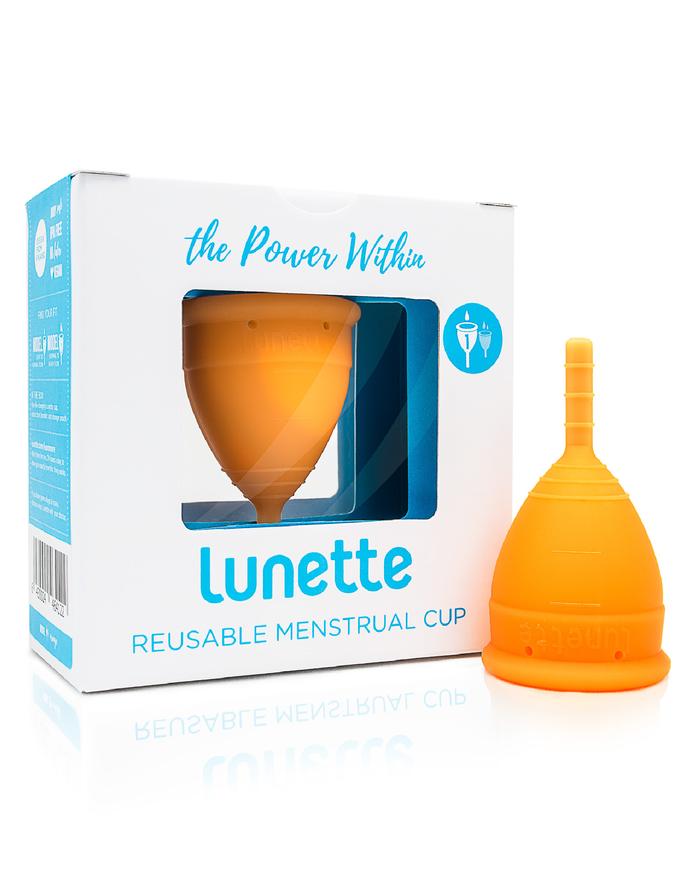
The Lunette comes in two sizes, based upon your period flow. The smaller size comes in a softer silicone, which may be better for very active days as it will be more pliable to move with your body.
Lena Cup
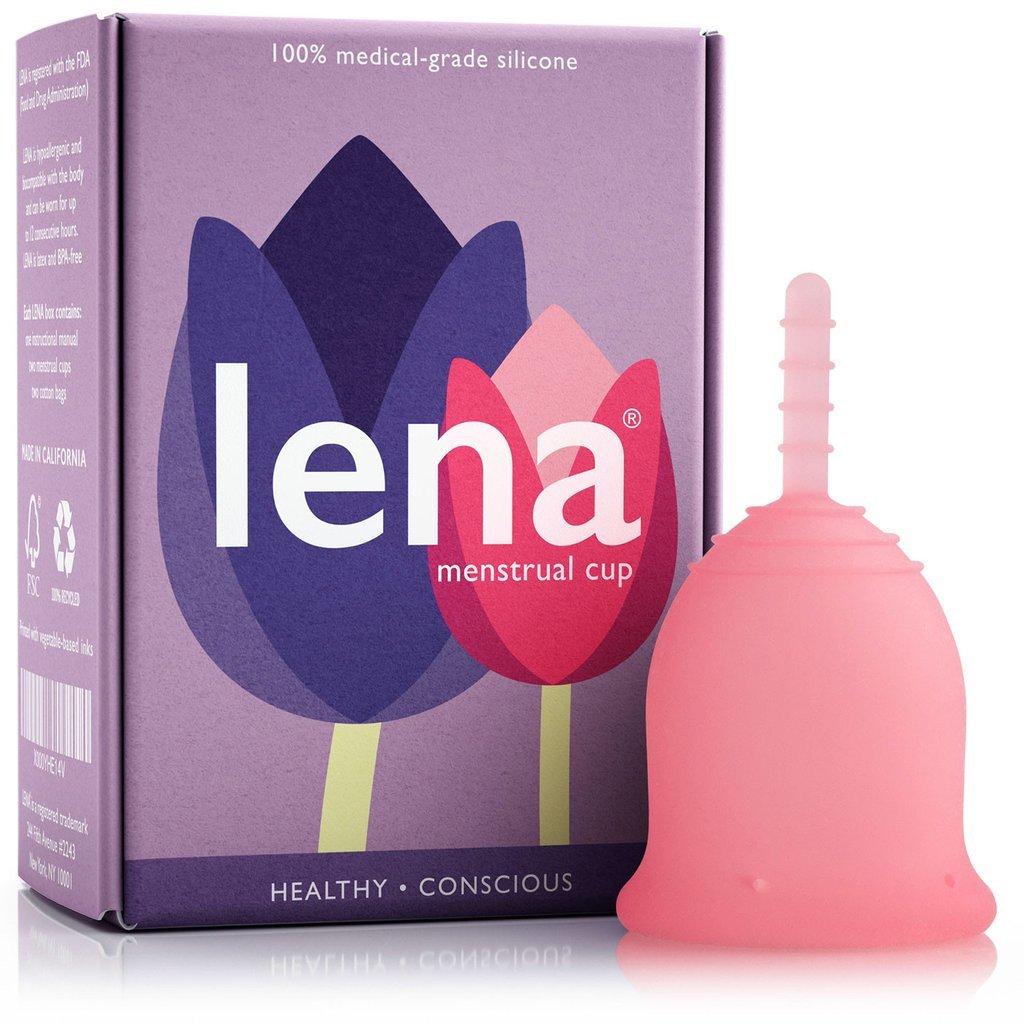
The Lena Cup comes in two sizes, based almost entirely upon how heavy your flow is. The website offers a sizing quiz to help you determine which size is best for you. The Lena Cup also has a rather long stem, which may be a great option if you’re concerned about removing your cup.
Me Luna Cup
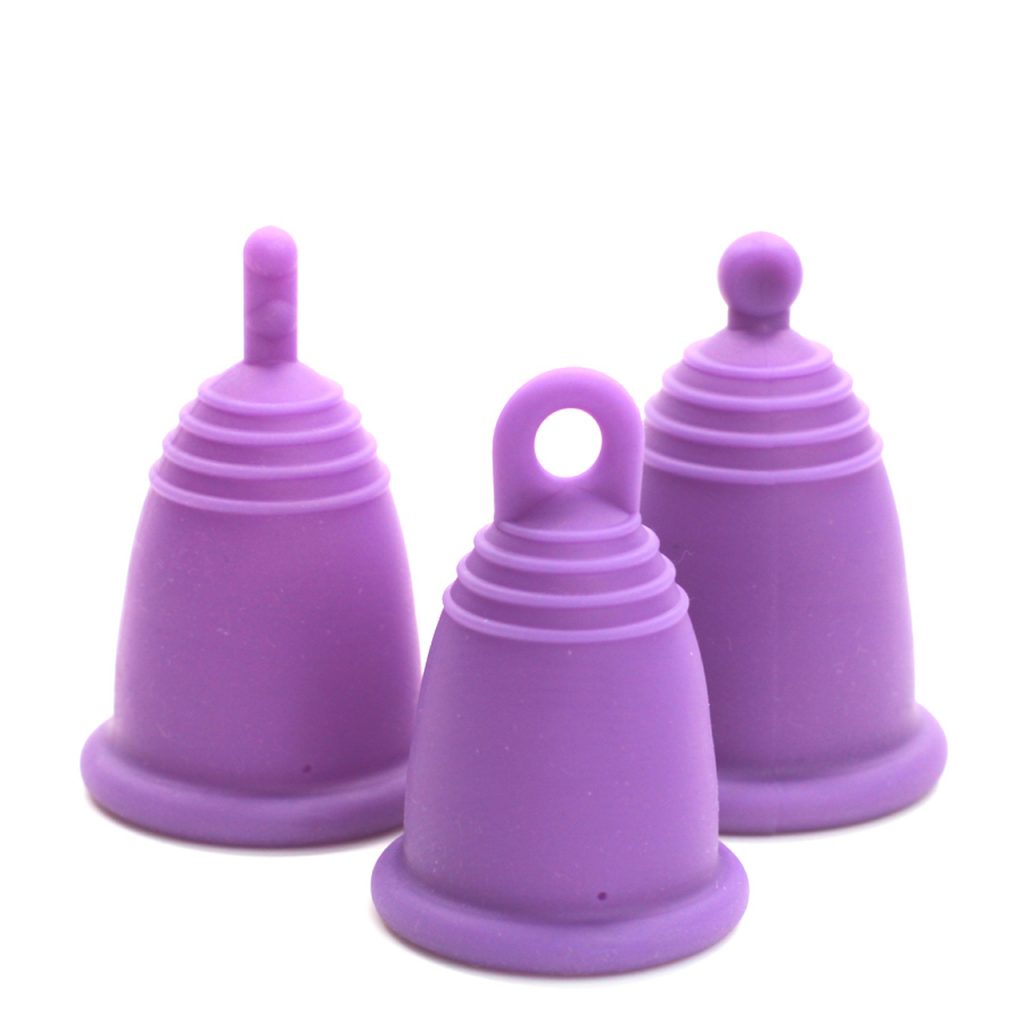
The Me Luna Cup comes in a total of eight sizes, based on cervix location and vaginal canal depth. The Me Luna website actually suggests a firmer cup during sporty activities, which ultimately implies the fit and function of any menstrual cup truly depends upon you and your body!
The Ruby Cup
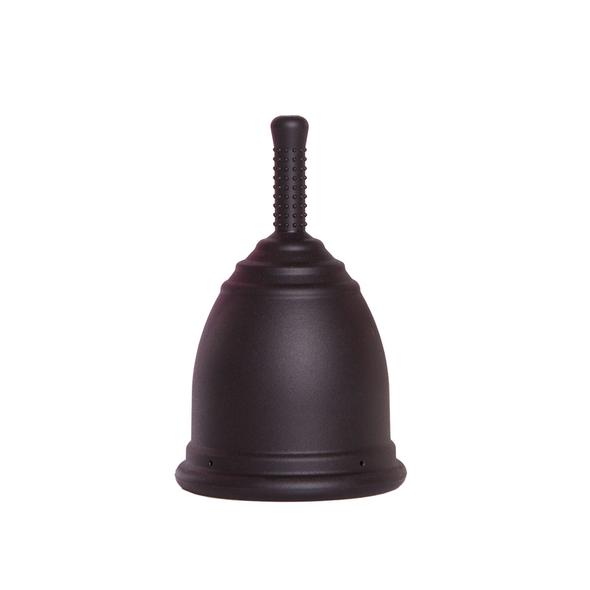
The Ruby Cup comes in two sizes, based upon where your cervix is located and how heavy your flow is. The website comes with detailed instructions on how to determine if your cervix is high or low. The Ruby Cup has a Buy One, Give One program — for every menstrual cup purchased one is also shipped out to their team of trainers around the world. This program helps girls and women get access to the menstrual cup as well as information on menstruation and reproductive health. This is a European brand, but they ship internationally.
As you can see, this is a shortlist of the most popular menstrual cups. If you use one of these menstrual cups, or have experience with a different brand, please let us know! A quick comment below will give others valuable information, whether they’re just starting out with menstrual cups or looking to add a new one to their collection.
If menstrual cups aren’t for you but you’re still interested in looking into other period management options, you may want to check out a menstrual disc or period underwear. I’ve included a few of the most popular brands below to get started. Full disclosure, I have not used any menstrual discs or period underwear, so I cannot offer up any personal experience here.
Menstrual Discs — Flex Fit, Softdisc, Ziggy Cup, Nixit
Period Underwear — ModiBodi, Thinx, Bambody, Ruby Love
About the Author

Heidi Berghammer is a trail runner, world traveler, mountain climber, and all around adventure enthusiast. As a trail runner she has covered thousands of miles in the Colorado Rockies and beyond training for and running races from the half marathon distance to the one hundred mile ultra. Heidi is so stoked about finding adventure on trails that she has made it her career as the owner of Adventure Feet First, a travel company that focuses on getting people outside to explore the world as they travel. Over the past years Heidi has spent months living abroad, volunteering around the world, living out of a van/car/truck, and finding new ways to explore on foot, by bike or with a backpack. She has learned the ins and outs of self propelled exploration the hard way, so she’s here to help us learn from her mistakes and to help us become more informed on how to make your own mistakes…safely.
Share This Article!

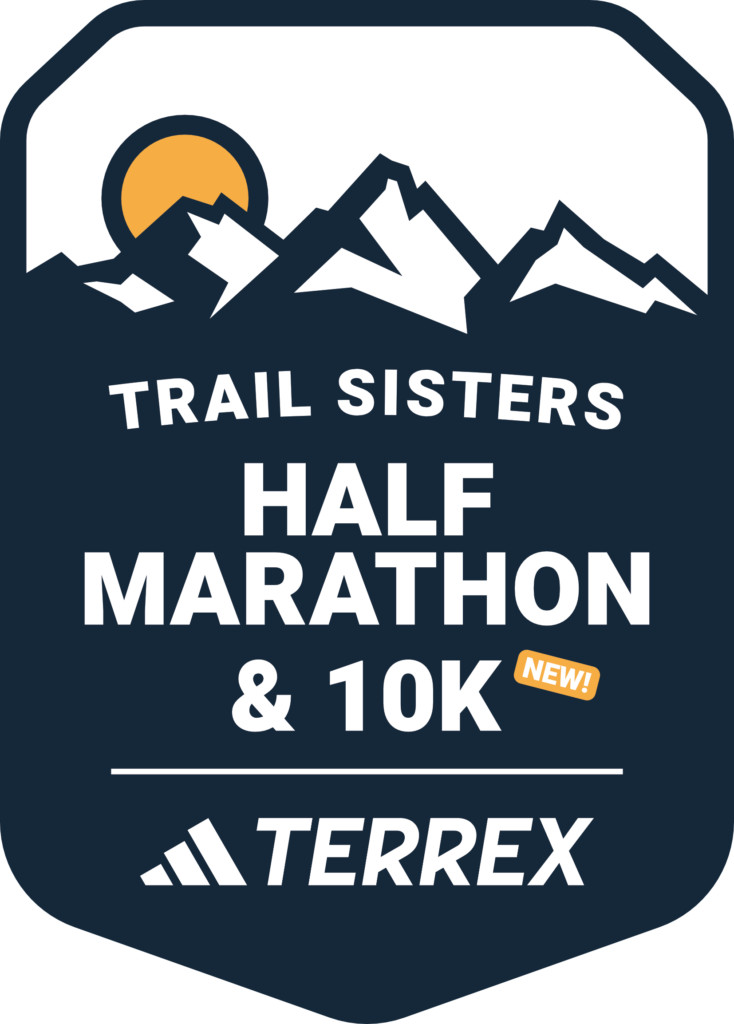
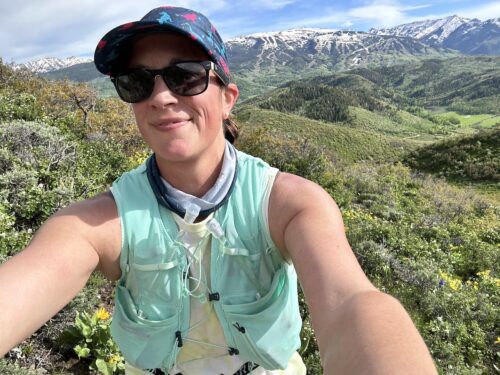


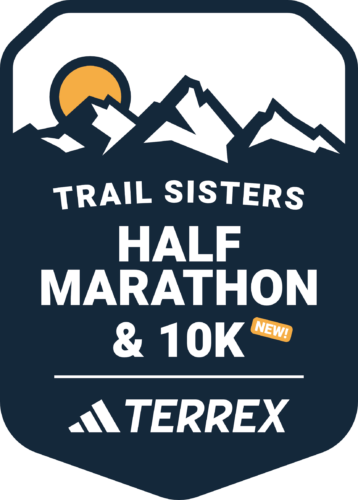


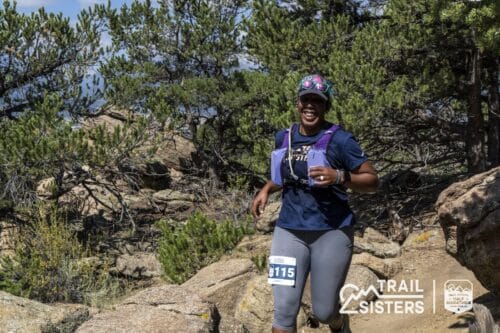
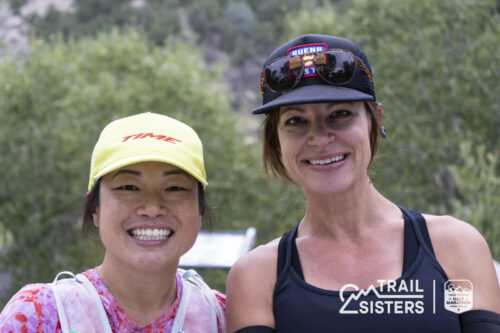

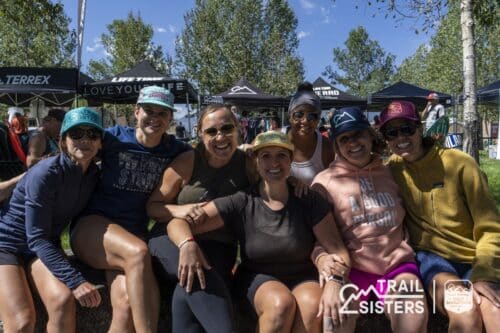
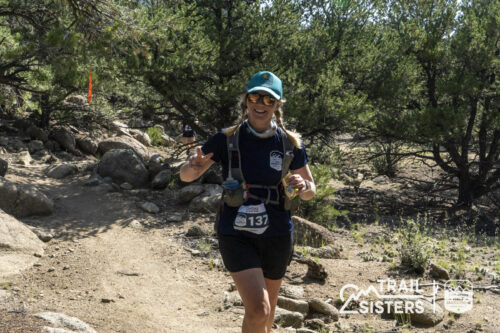
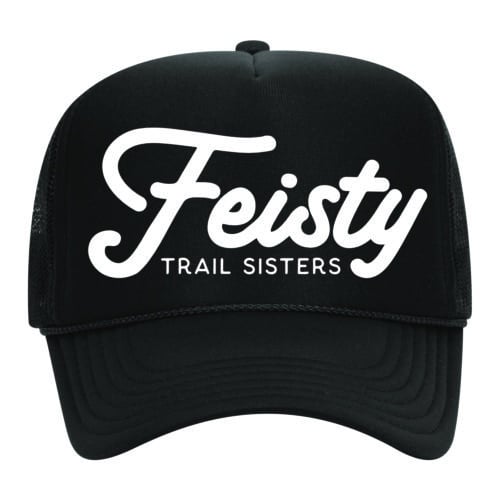
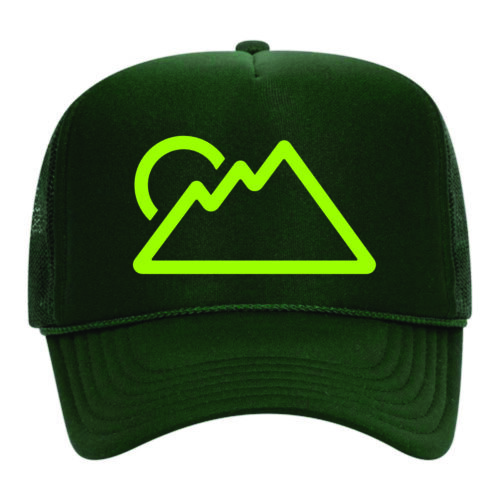
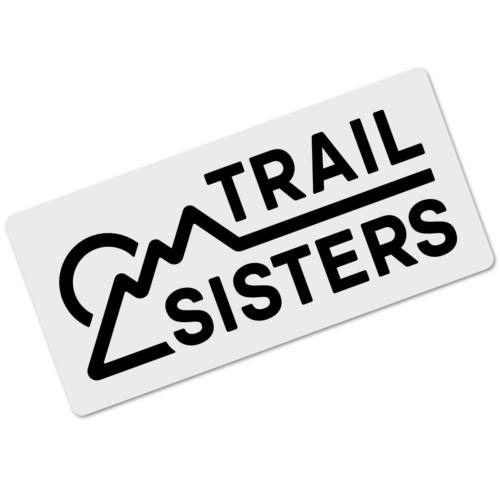
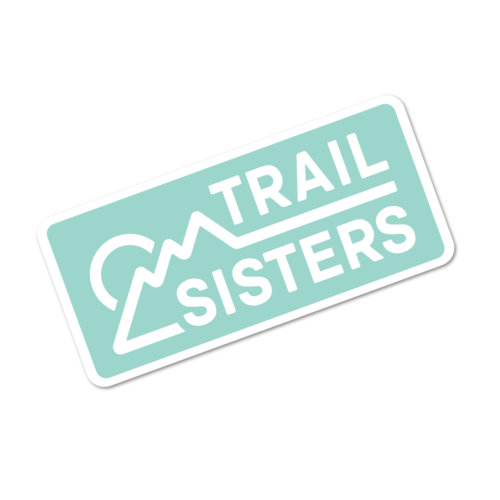
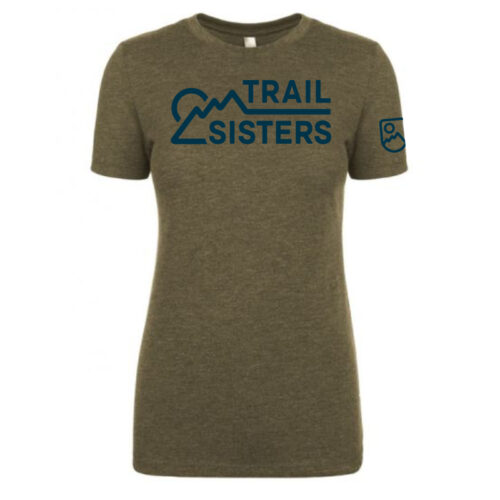
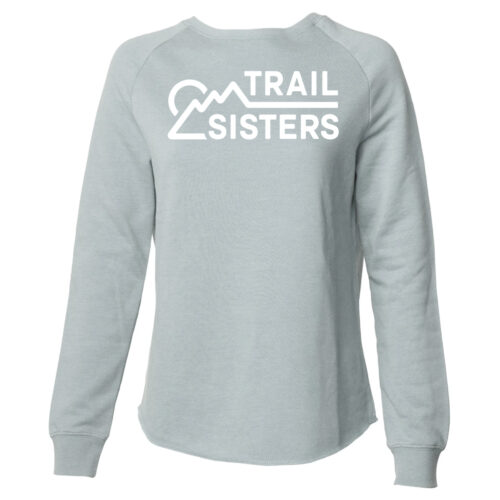

7 Responses
Awesome review! Thanks Heidi 😀
I didn’t realize there were so many new cups on the market. I think the Diva cup was about the only one that was around last time I looked.
Right!? I was also kind of surprised by the variety I found!
Can those of us that are using a non-hormonal IUD use a cup? I’ve seen conflicting information on combining an IUD with the cup.
As an FYI, not everyone gets heavy periods with non-hormonal IUDs. I only had heavy periods the first few months of my first insertion (that was over 24 years ago).
There is conflicting information. I chatted with my doctor who made an extra effort to ensure the strings were short and out of the way. The biggest concern with a cup and IUD is about the suction of the cup pulling at the strings and removing or dislodging the IUD. In my case, the shorter strings and extra effort to release suction before removing the cup [I spun it around] proved to work out.
And you’re right, IUDs [any birth control, really] have hugely different side effects between women. My non-hormonal IUD had pretty brutal side effects…but I’ve talked to women who’ve had similar side effects from a hormonal IUD. Unfortunately it’s all trial and error.
@Lori, I use the FlexFit cup which has a “pull tab” release mechanism that makes it easy to release the suction. I’m not a doctor, and don’t know much about how these things impact IUDs, but just as general user this makes removing the cup MUCH easier than other cups I’ve tried. I’ve tried the Diva and the Pixie, but having a ring instead of a stem has helped me, as well as the pull tab feature.
Someone suggested that I take a quiz from “putacupinit” website, to help determine which cup might be most suitable!
Just popped over there — looks like they have a lot of great resources from sizing to cleaning to use! Great suggestion, thank you!